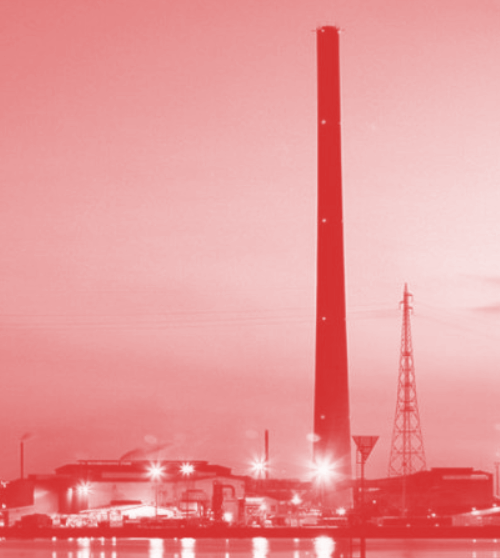Contamination value counted
 Experts have found $40 million worth of heavy metals, including silver, in underwater sediment near the South Australian regional town of Port Pirie.
Experts have found $40 million worth of heavy metals, including silver, in underwater sediment near the South Australian regional town of Port Pirie.
A new study says levels of lead, zinc, cadmium, copper, arsenic and silver in the top layer of Port Pirie sediment exceeds national environmental standards by a factor of 50 in some cases.
The levels are so high that experts say dredging the top 80 centimetres of sediment could be quite profitable, while also reducing the metal pollution that dates back to the start of the city’s lead-smelting era over a century ago.
There would be able $24 million worth of silver in the dredge spoil.
There is also an estimated 3,000 tonnes of lead and about 4,500 tonnes of zinc in the Port Pirie River and a separate smelter effluent dump called First Creek.
It shows that heavy metal contamination is a huge problem for the regional city.
Lead and cadmium pollution is particularly concerning, because according to the report, these metals are “amongst the most toxic of metal contaminants and are known to induce neurological disorders and multiple organ damage even at low levels of exposure”.
They are having a negative impact on local marine species.
“Metal contamination decreases species diversity, changes community structure, results in abundance and biomass decline and degrades habitats,” the study says.
“Consequential effects can include reductions in both marine resource yields and ecosystem services.”
While the commercial fishing of mussels and some fish is banned in the area, the study notes: “little awareness exists in the local community and [mussels] remain a target species for local recreational fishers”.
The study says dredging the top of the silt would help Port Pirie save an estimated $4 million a year of shipping capacity that the city currently loses out on.







 Print
Print